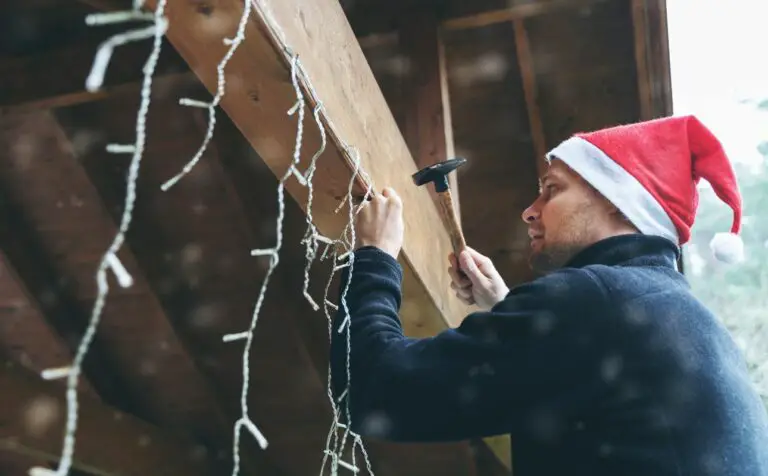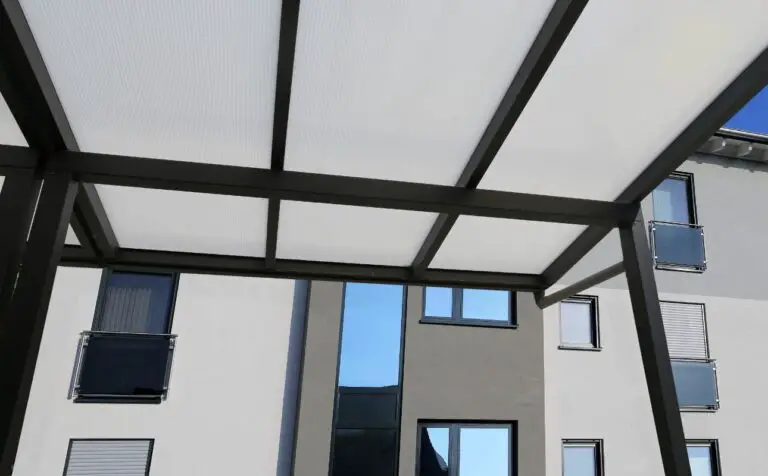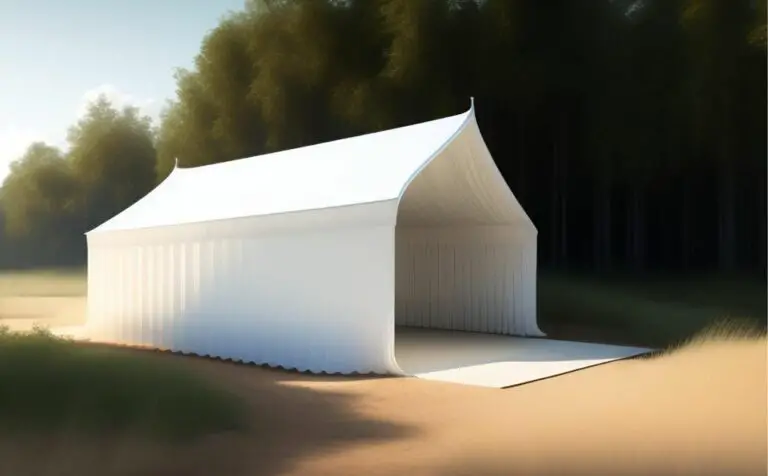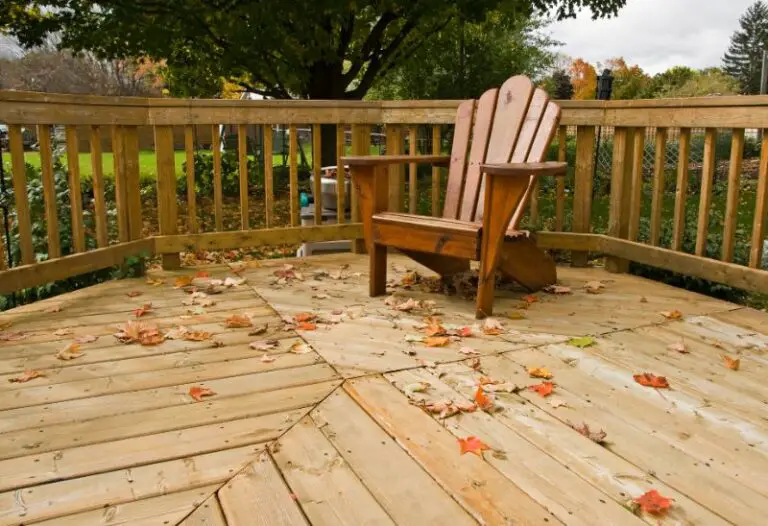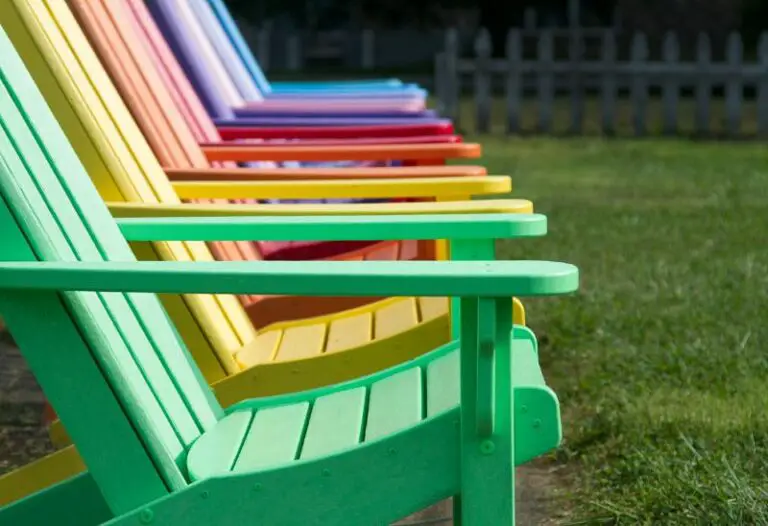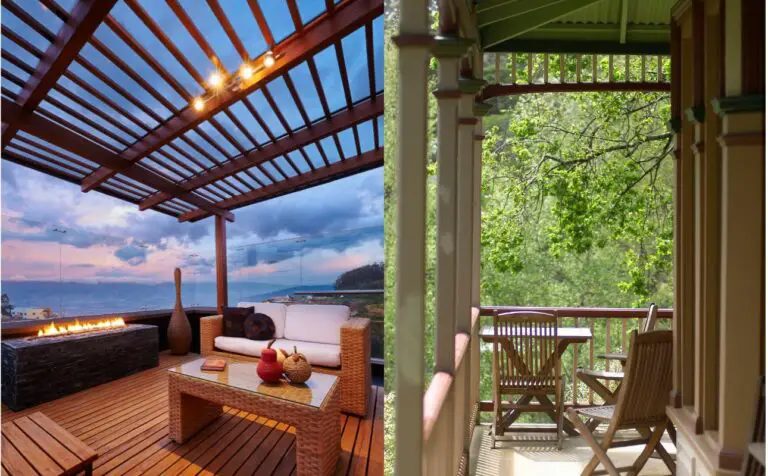Do I Need To Stain Cedar Pergola? Essential Maintenance Tips
Picture this: you step into your backyard and gaze upon your stunning cedar pergola. Its natural beauty and durability are undeniable, but is it enough to protect it from the elements?
As a homeowner, you may be wondering whether or not to apply a stain to enhance its appearance and safeguard it from decay and insect damage. Fear not, we’ve got you covered!
In this article, we’ll explore the benefits of staining and guide you through the process of choosing the perfect stain for your cedar pergola. By the end, you’ll have all the knowledge you need to make an informed decision and ensure your outdoor oasis remains both breathtaking and long-lasting.
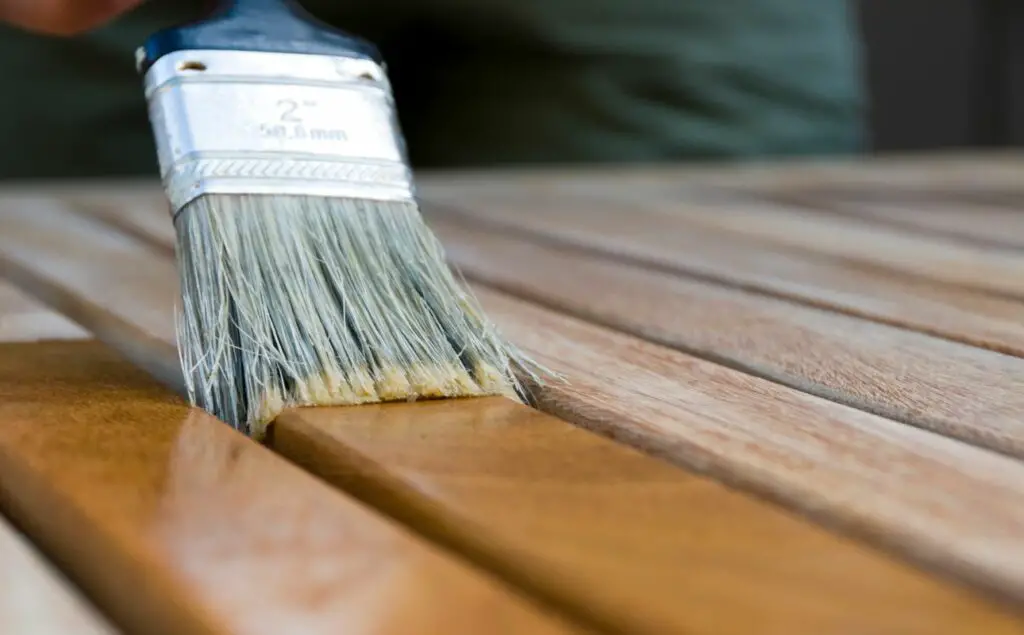
Do I Need to Stain Cedar Pergolas?
Staining your cedar pergola is not absolutely necessary, but it is highly recommended.
While cedar is known for its natural beauty and durability, it is still susceptible to damage from the elements, including decay and insect infestation. Applying a stain to your cedar pergola can provide an additional layer of protection against these potential threats, as well as enhance its appearance and improve its longevity.
Benefits of Staining Cedar Pergolas
Staining your cedar pergola offers several important benefits to help maintain its beauty and durability. In this section, we’ll discuss how it provides protection from rot and decay, as well as UV protection.
Protection from Rot and Decay
Applying a high-quality stain to your cedar pergola provides a protective layer that prevents moisture penetration, which can lead to rot and decay. This is essential in maintaining the structure and overall appearance of your pergola for years to come.
Choosing a suitable semi-transparent stain helps keep the natural finish of the western red cedar while offering protection against weathering.
UV Protection
Staining your cedar pergola also offers protection against the harmful effects of UV rays. UV rays can cause the colour of your pergola to fade and leave the exterior wood surfaces vulnerable to damage over time.
Using a quality stain and sealant helps shield the wood from UV rays, preserving its colour and preventing premature aging. This ensures that you can enjoy your outdoor space with your beautiful cedar pergola for an extended period.
Types of Stains and Finishes
When it comes to staining your cedar pergola, you have various options. Let’s explore the three main types of wood stains: transparent stains, semi-transparent stains, and solid stains.
Transparent Stains
Transparent stains, also known as clear stains, provide a light tint for protection against ultraviolet rays, while still allowing the wood grain to show through.
This type of stain is ideal if you want to preserve the natural look of your cedar pergola and enhance its wood grain.
Semi-Transparent Stains
Semi-transparent stains are perfect if you want to maintain the natural finish of your cedar pergola but also provide a bit more colour and protection.
These stains allow some wood grain to show through, while also offering better resistance to moisture and weathering than transparent stains.
Solid Stains
Solid stains create a barrier between the wood and the elements, forming a film around the wood and providing complete coverage
With this option, you can achieve a consistent finish, but the wood grain will be hidden.
For proper adhesion and durability, it’s essential to apply a primer, such as an alkyd oil stain-blocking primer, before using a solid stain.
Choosing the Right Color
When selecting a stain colour for your cedar pergola, consider your patio style and the colours of your deck and furniture. This will ensure a cohesive and visually appealing outdoor space.
Considering Your Patio Style
Think about the overall vibe you want for your patio. If you prefer a natural look, consider semi-transparent stains, which enhance the wood’s colour and protect it without altering its appearance too much.
For a more striking effect, choose a darker colour that complements your patio’s design scheme.
Matching with Deck and Furniture
Ensure your pergola’s colour harmonizes with your deck and outdoor furniture. If your furniture has a specific color scheme or theme, choose a stain that complements it.
Keep in mind that the pergola’s colour should also blend well with the colour of your deck, creating a balanced and visually cohesive area.
Cleaning and Preparing Cedar Pergola
Proper cleaning and preparation of your cedar pergola are essential before staining and sealing it.
Cleaning the Pergola
First, remove any dirt or debris from your pergola. You can use a soft brush or cloth to gently wipe away surface dust. To deep clean your cedar wood, consider using a pressure washer on a low setting, ensuring not to damage the wood.
Once cleaned, allow the wood to dry completely before proceeding to the next step.
Sanding and Sealing
When the pergola is dry, it’s time to sand the wood to ensure a smooth surface. This will help the stain and sealant adhere properly. Start with a coarse sandpaper and progress to a finer grit for a smooth finish.
After sanding, apply a wood sealant to help protect your cedar pergola from moisture damage. Two popular sealing options are waterborne stains and classic oil finishes. Both provide UV protection and prevention from wood graying.
Let the sealant dry completely before applying the stain of your choice.
Durability and Longevity
You may wonder about the durability and longevity of cedar wood for your pergola. Let’s break it down by discussing cedar wood’s longevity and how to maintain the stain for lasting appeal.
Cedar Wood Longevity
Your choice of cedar wood, particularly Western Red Cedar, is indeed a wise one. Renowned for their longevity and durability, cedar trees can grow up to 250 feet tall and live for centuries. With such an impressive natural lifespan, cedar wood is the ideal material for durable outdoor projects like pergolas and fences.
Maintaining the Stain
Although red cedar has a natural resistance to rust and decay, giving it a treatment like staining can prolong its life and maintain its natural beauty. The staining process requires special attention, such as ensuring the wood is dry before application and having a precipitation-free window of 24-48 hours after applying the stain.
Water-repellent stain and sealant combinations can be applied in one go, saving you time and effort. Alternatively, you can opt for a painted finish to make a bold statement in your yard. Remember, regular maintenance will help your cedar pergola retain its beauty and durability for many years.
Cost of Staining Cedar Pergolas
When it comes to maintaining your cedar pergola, you might be wondering about the cost of staining it. Let’s explore the differences between staining and painting, as well as the types of stains available.
Staining vs Painting
Staining your cedar pergola enhances its natural beauty and prolongs its life. Paint, on the other hand, can peel and crack over time. Plus, stain penetrates deeper into the wood, offering better protection against moisture and UV damage. The cost to stain cedar siding is about $2.26 – $5.16 per square foot, whereas painting can be more expensive and require more maintenance over time.
Comparing Types of Stains
There are various types of stains to choose from, each with different costs and benefits:
- Transparent stain: This type is ideal for showcasing the wood grain, as it adds minimal colour. However, it may not provide as much protection as other options.
- Semi-transparent stain: Offering a balance between colour and wood grain visibility, this stain provides better protection than transparent ones.
- Solid stain: With the most opaque appearance, solid stains provide maximum protection against weathering but can hide the natural wood grain.
Although cedar pergolas don’t require staining as frequently as pressure-treated pine, it’s worth considering the benefits of each stain type and the associated costs for long-term maintenance.
Alternatives to Staining Cedar Pergolas
Instead of staining your cedar pergola, you can use paint as an alternative. However, you’ll need two coats of primer, and it may not last as long as a stain. Paint is also more likely to chip and peel, requiring more frequent maintenance. Make sure to properly prepare your pergola for the finish you choose.
Whichever method you decide to use, remember to clean and maintain your pergola periodically. Proper care will ensure your cedar pergola remains an attractive feature in your outdoor space for years to come.
